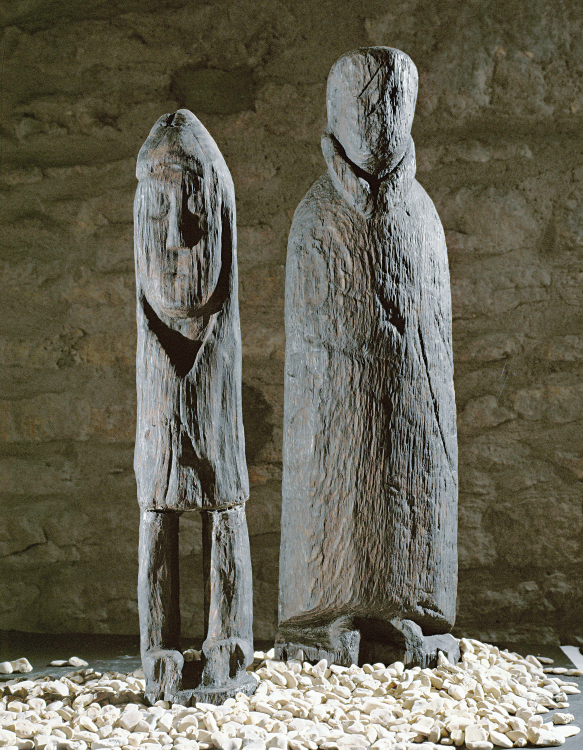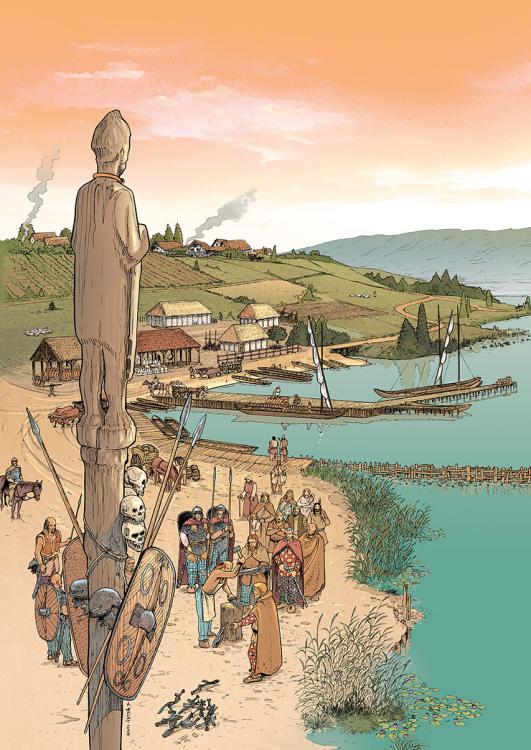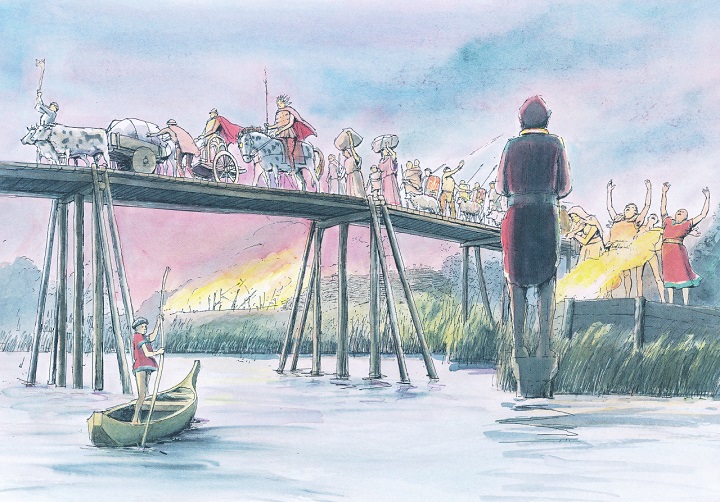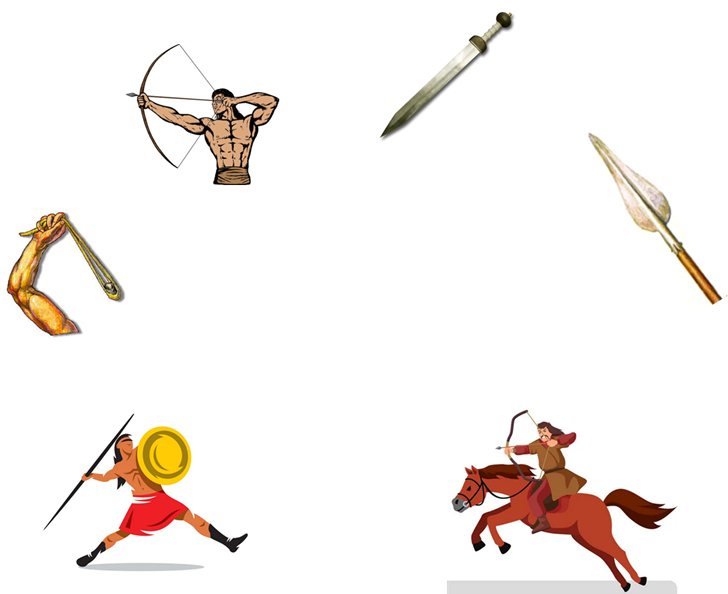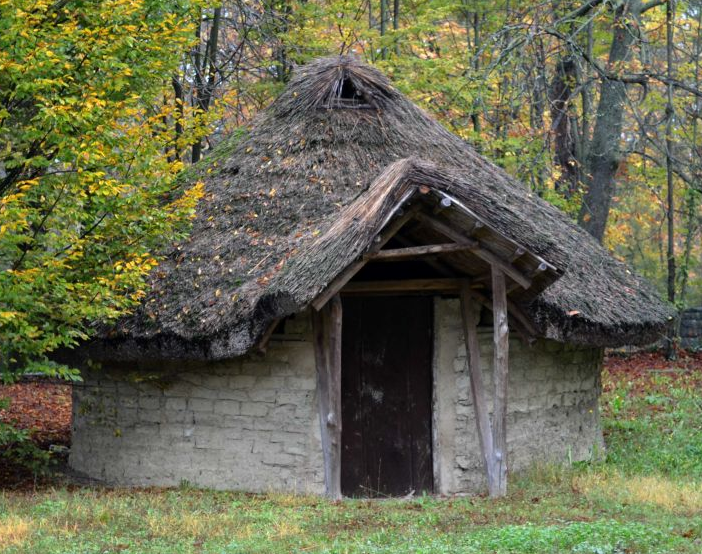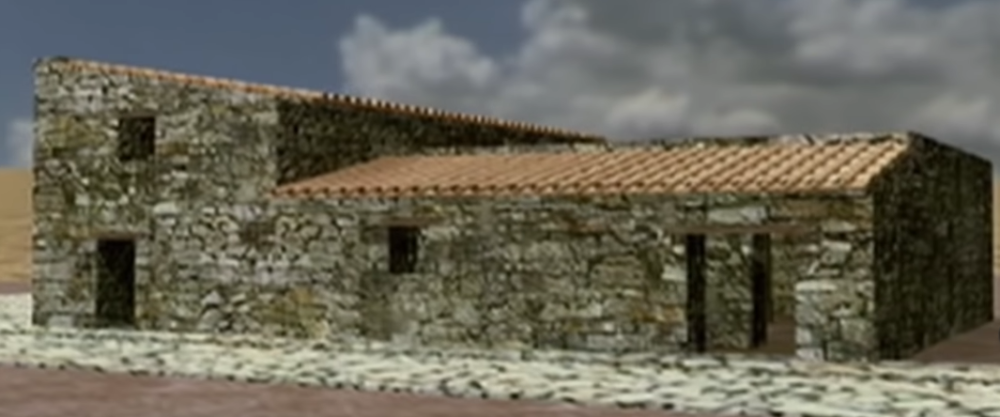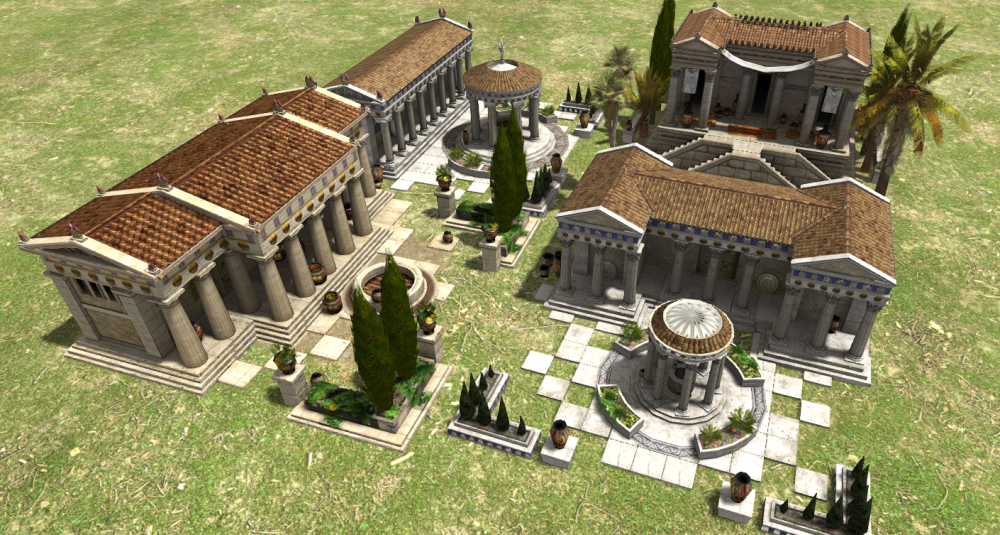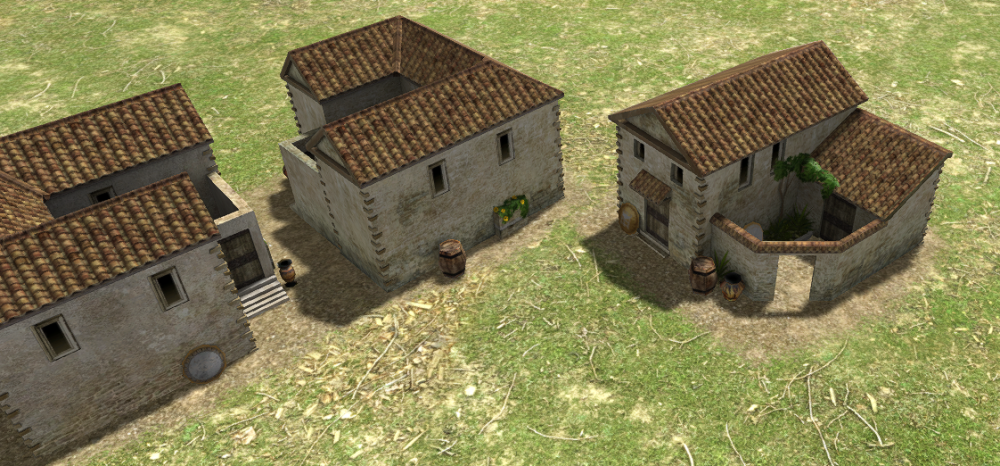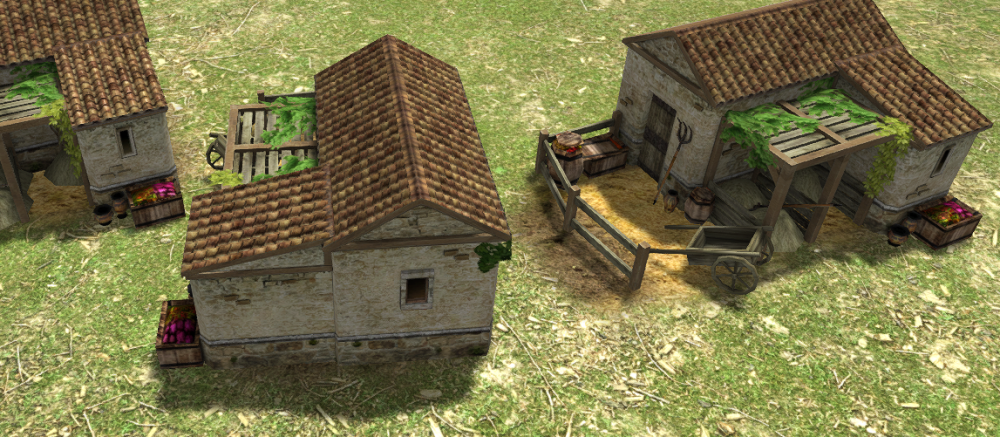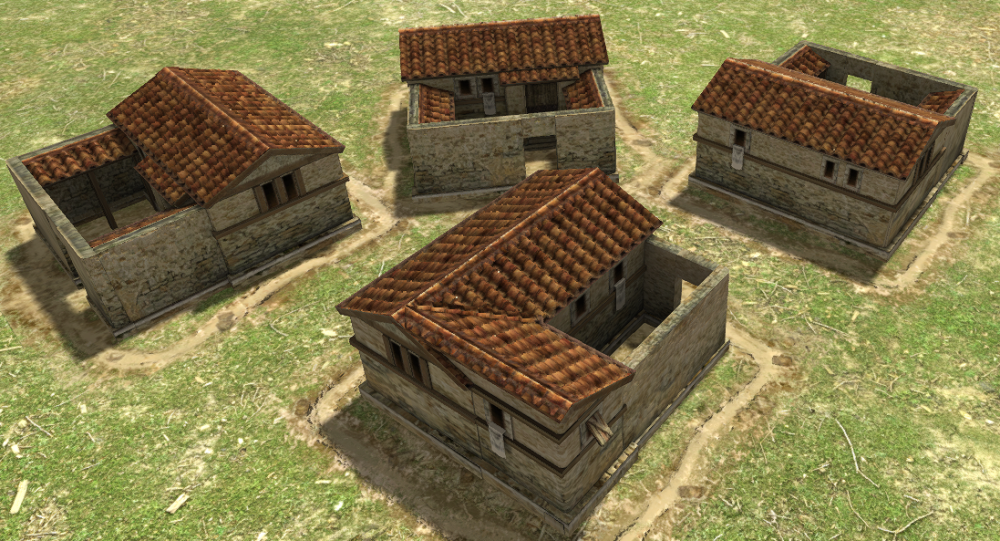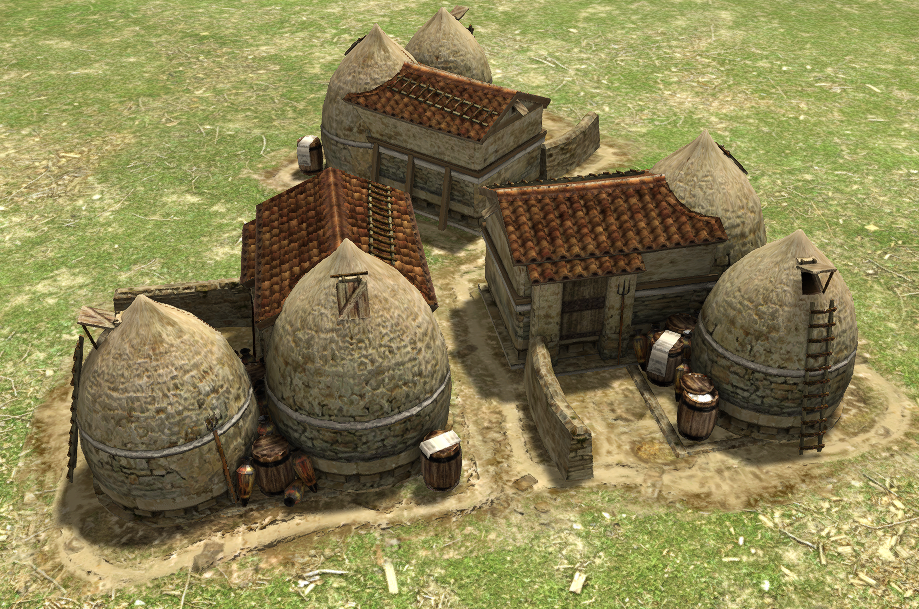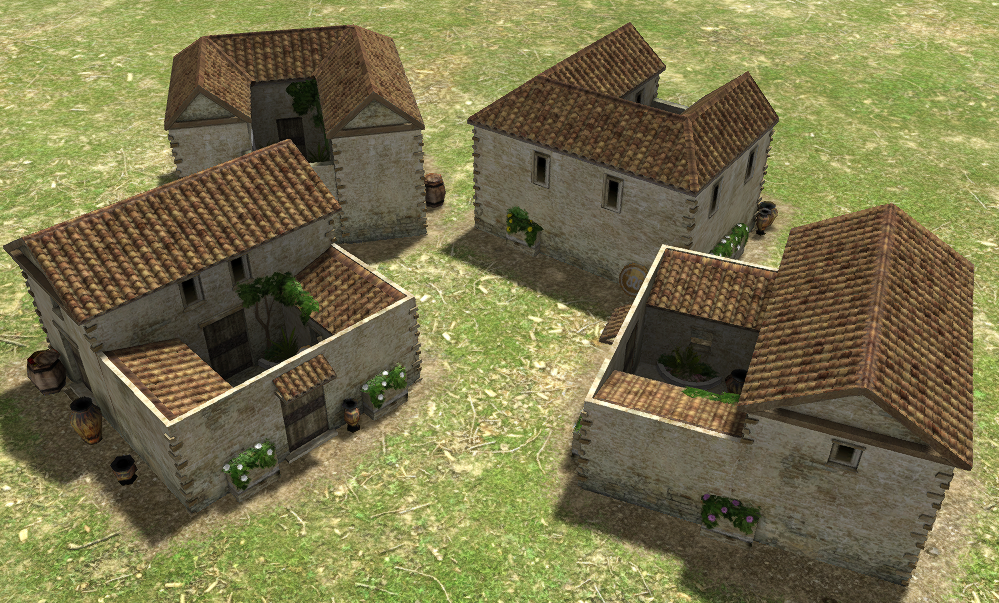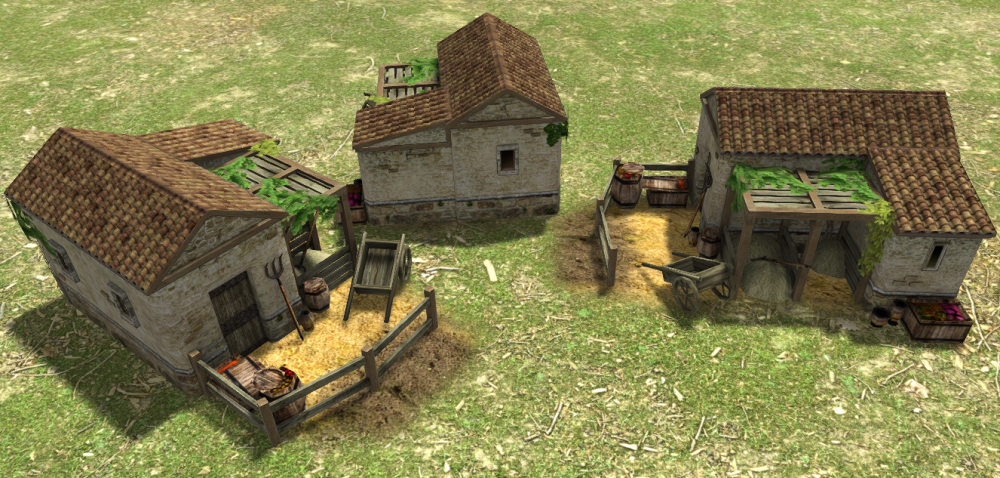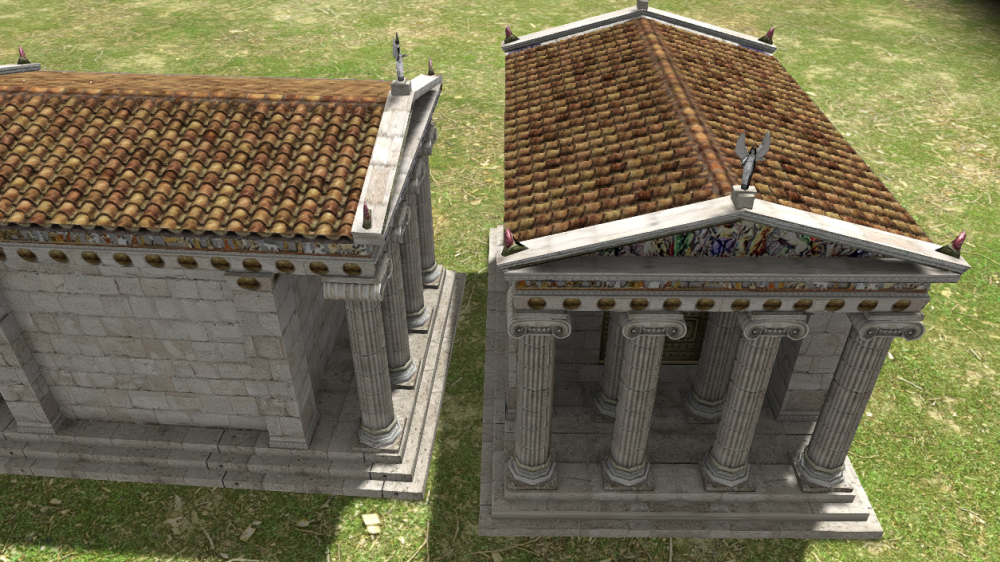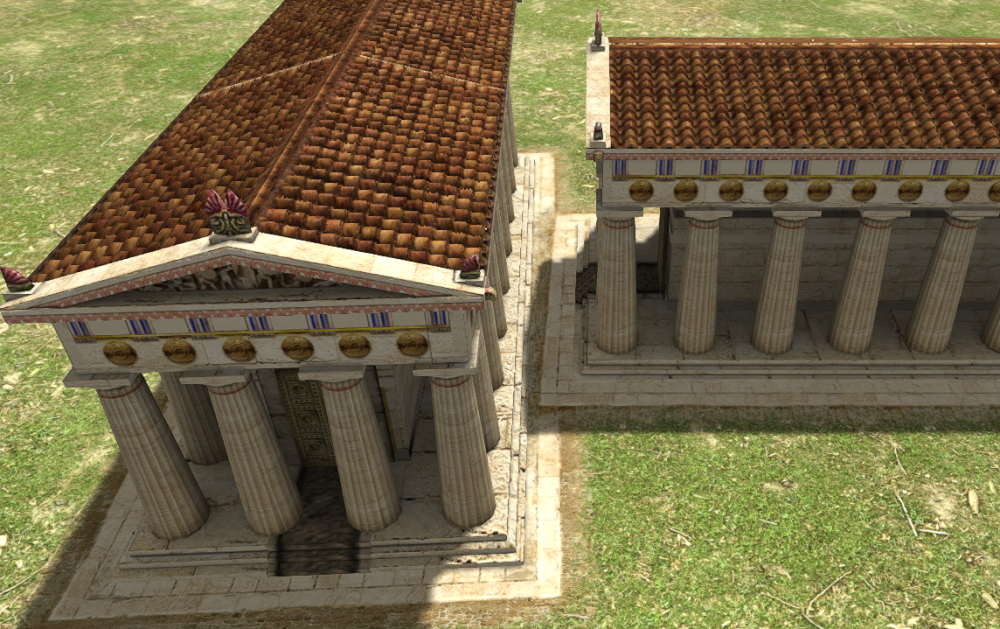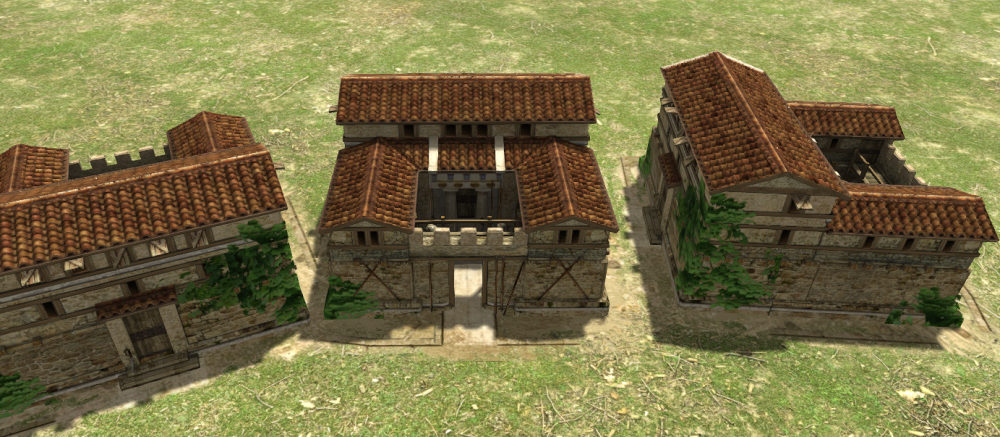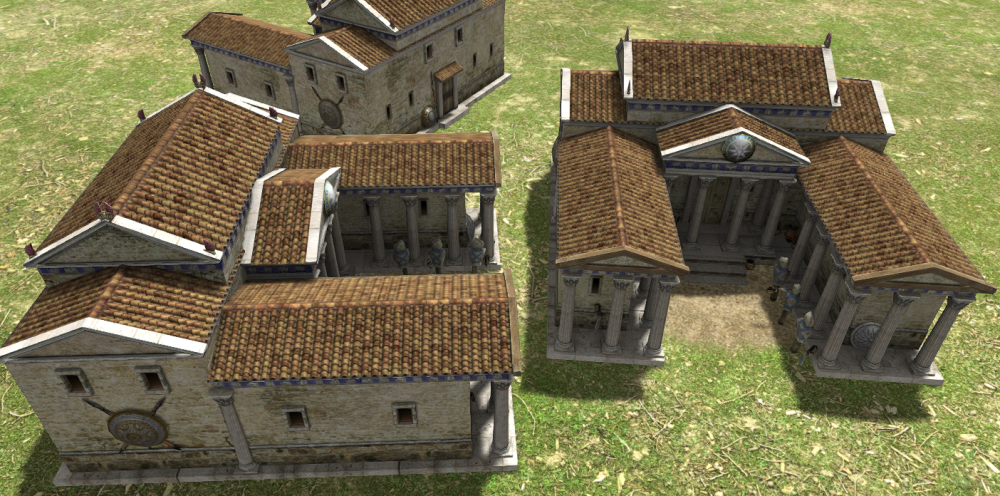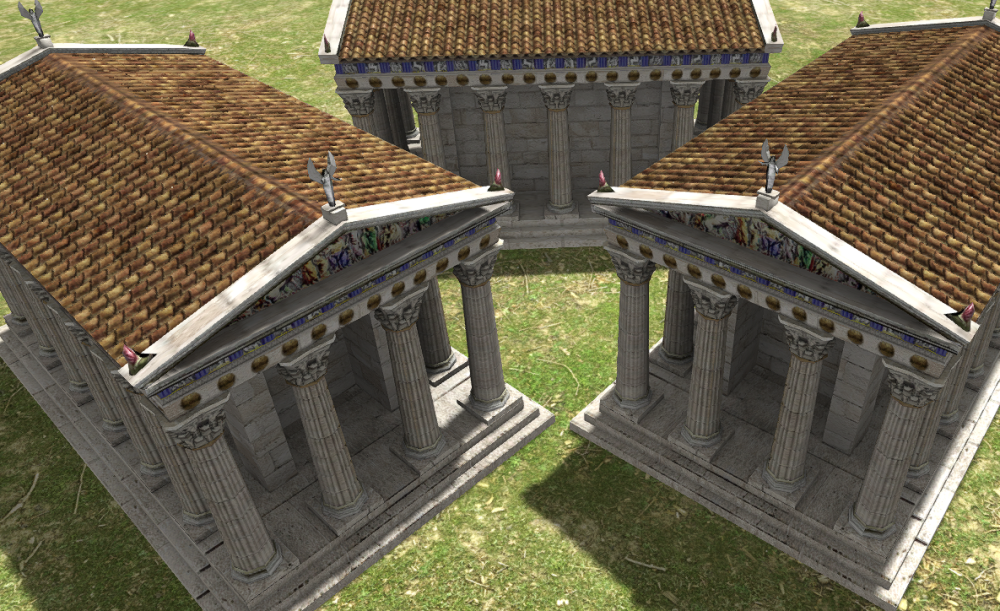-
Posts
2.401 -
Joined
-
Last visited
-
Days Won
82
Everything posted by Genava55
-
.thumb.jpg.b21ca1d0c15fb56b42c39b25a0a40815.jpg)
The Gauls, religiously gore and gruesome
Genava55 replied to Genava55's topic in Tutorials, references and art help
Having a model with millions of faces is easy. I am pretty sure the issue was to have an efficient tool and a better computer to render it into a video. The difference between the video of 2007-2010 and the video of 2021 rendered on Unreal Engine 4 is striking and I am pretty sure the original models were mostly the same. Yes it's crazy but as they point out, it makes sense. It is practiced in Africa and Asia to display the status of the community and keep an account of sacrifices. It is shocking for a modern man only. Sacrificing an animal is pretty difficult for us: Futhermore, the other civilizations weren't that much elevated on the sacrifice topic. Romans considered themselves as civilized and criticized deeply other peoples, but as Plutarch reported: "What is the reason for the following facts: on learning that the barbarians named Bletonesioi had offered a human sacrifice to the gods, they sent a mission to punish their leaders – and nevertheless, as it appeared that they had only done to apply their laws, they were left free, not without forbidding them this practice in the future. But then how is it that the same Romans, a few years earlier, buried alive, in the square called Ox-Market, two men and two women, one Greek, the other Gallic? It seems absurd of them to have indulged in such practices themselves, while blaming the barbarians for their unholy behavior." Romans still practiced human sacrifices in secret until 90 BC. One of such sacrifice was to burn alive a man... -
.thumb.jpg.b21ca1d0c15fb56b42c39b25a0a40815.jpg)
The Gauls, religiously gore and gruesome
Genava55 replied to Genava55's topic in Tutorials, references and art help
@Stan` Je sais pas si ça peut t'intéresser, mais il y a une ancienne conférence de 2010 qui a été publiée sur youtube à propos de Corent, de l'interprétation du site et de sa reconstitution en 3D: -
.thumb.jpg.b21ca1d0c15fb56b42c39b25a0a40815.jpg)
Sacred places / Sites [ Gaia - Neutral stuff]
Genava55 replied to Lion.Kanzen's topic in Eyecandy, custom projects and misc.
-
.thumb.jpg.b21ca1d0c15fb56b42c39b25a0a40815.jpg)
The Gauls, religiously gore and gruesome
Genava55 replied to Genava55's topic in Tutorials, references and art help
Settlement of Le Cailar, nearby Massalia. Territory of the Saluvii/Salyes. -
.thumb.jpg.b21ca1d0c15fb56b42c39b25a0a40815.jpg)
Civ: Germans (Cimbri, Suebians, Goths)
Genava55 replied to wowgetoffyourcellphone's topic in Delenda Est
It is simply incomplete on the back (which is pretty useless). -
Yes indeed. Infantrymen should have a better protection by being in a battle-formation. Ideally, infantrymen and light infantry should have also the same speed when not in a formation. I don't understand why some peltasts with shields and helmets should be faster than unarmoured spearmen for example. Historically, heavy infantrymen moved very fast when they broke out of their formation. It is staying in a cohesive formation that make them slower. By giving more importance to the heavy infantry and to formation, it gives more incentive to micro-manage them. Cavalry should have a bonus against infantry not in formation.
-
Because historically the main force was the heavy infantry and there was no hard counter against it. Harassing with ranging units like did Iphicrates at Lechaeum or like did Surena at Carrhea was quite difficult and long. Very inefficient process, taking far longer than a normal engagement. This is basically what every players are trying to do in AoE games by micromanaging their ranged units. It is working besides the hard counter system. In ancient times, the cavalry and the ranged troops were generally used against their opposite to gain the upper hand and to support their own infantry. To win a battle, the most important was to route the enemy's infantry by crushing its morale, but it generally happens when they are in close combat. Cavalry and light troops are rarely enough by themselves.
-
From a general perspective, every civ/faction/culture could have at least those: Even if we currently don't give to every civ bowmen and swordsmen, in reality there are evidences for swords and bows in every cultures.
-
.thumb.jpg.b21ca1d0c15fb56b42c39b25a0a40815.jpg)
===[TASK]=== Crowd Sourced - Thracians (Faction)
Genava55 replied to Cleo's topic in Game Modification
Very nice! Well done. It looks really unique. I like your main texture, the inspiration from the tomb is a good idea. -
.thumb.jpg.b21ca1d0c15fb56b42c39b25a0a40815.jpg)
Others RTS - Discuss / Analysis
Genava55 replied to Lion.Kanzen's topic in Introductions & Off-Topic Discussion
-
.thumb.jpg.b21ca1d0c15fb56b42c39b25a0a40815.jpg)
Funny Relevant Videos and Memery
Genava55 replied to wowgetoffyourcellphone's topic in Introductions & Off-Topic Discussion
-
.thumb.jpg.b21ca1d0c15fb56b42c39b25a0a40815.jpg)
Other strategy games not RTS.
Genava55 replied to Lion.Kanzen's topic in Introductions & Off-Topic Discussion
-
.thumb.jpg.b21ca1d0c15fb56b42c39b25a0a40815.jpg)
Other strategy games not RTS.
Genava55 replied to Lion.Kanzen's topic in Introductions & Off-Topic Discussion
-
.thumb.jpg.b21ca1d0c15fb56b42c39b25a0a40815.jpg)
Other strategy games not RTS.
Genava55 replied to Lion.Kanzen's topic in Introductions & Off-Topic Discussion
It is better to have a good diversity and a better accuracy in total war games. Edit: this is what the players want and it is better to balance the factions. -
.thumb.jpg.b21ca1d0c15fb56b42c39b25a0a40815.jpg)
Other strategy games not RTS.
Genava55 replied to Lion.Kanzen's topic in Introductions & Off-Topic Discussion
yeah, the threshold of 100 factions will be crossed before summer I think lol -
.thumb.jpg.b21ca1d0c15fb56b42c39b25a0a40815.jpg)
Other strategy games not RTS.
Genava55 replied to Lion.Kanzen's topic in Introductions & Off-Topic Discussion
-
.thumb.jpg.b21ca1d0c15fb56b42c39b25a0a40815.jpg)
===[TASK]=== Crowd Sourced - Thracians (Faction)
Genava55 replied to Cleo's topic in Game Modification
Yep. It could be used as inspiration. Although those references are mostly from the Dacian period. By the way, I was a bit harsh by saying this is ugly. I find the models too generic and too blend. It is unmemorable and unremarkable, it doesn't make a visual impact. But the models by themselves aren't bad. -
.thumb.jpg.b21ca1d0c15fb56b42c39b25a0a40815.jpg)
===[TASK]=== Crowd Sourced - Thracians (Faction)
Genava55 replied to Cleo's topic in Game Modification
I missed this video. Thanks. -
.thumb.jpg.b21ca1d0c15fb56b42c39b25a0a40815.jpg)
===[TASK]=== Crowd Sourced - Thracians (Faction)
Genava55 replied to Cleo's topic in Game Modification
@wowgetoffyourcellphone an idea I have for the Royal Tomb, whenever the Thracian player loses a hero in battle they can build a royal tomb. The building would provide a significant bonus. -
.thumb.jpg.b21ca1d0c15fb56b42c39b25a0a40815.jpg)
===[TASK]=== Crowd Sourced - Thracians (Faction)
Genava55 replied to Cleo's topic in Game Modification
I added the tumuli complex from Starosel, with more illustrations. Btw, I mentionned previously the connection with Macedonian tombs which are interesting references we can get inspiration from. By the way guys, I have a great news for you, there is an evidence for wooden columns in Kozi Gramadi. @Duileoga see my message above with the compilation from Kozi Gramadi I don't think it would work for a temple entire in wood but at least it can help to mix stones and wood. It is still important to have mostly visual based on stones. Maybe something like those for the houses? -
.thumb.jpg.b21ca1d0c15fb56b42c39b25a0a40815.jpg)
===[TASK]=== Crowd Sourced - Thracians (Faction)
Genava55 replied to Cleo's topic in Game Modification
By the way, this is the Thracian Tomb at Pomorie: http://www.daytripsbulgaria.com/excursion/218/Pomorie--The-Thracian-Tomb -----‐-------- I believe you have enough evidences for Hellenistic influence with the compilation above, from my previous message. Those 5 sites have different context and situation. I think that Civic Center, fortress, barracks, temple and wonder should be inspired by those Hellenistic influenced buildings. Edit: Some Hellenic building currently: -
.thumb.jpg.b21ca1d0c15fb56b42c39b25a0a40815.jpg)
Sacred places / Sites [ Gaia - Neutral stuff]
Genava55 replied to Lion.Kanzen's topic in Eyecandy, custom projects and misc.
I can't help sorry. No time for this. I am pretty sure you can get your info here: http://libgen.rs/covers/2691000/14430beb2a3d3fe762df67c5fe6dc702-g.jpg



